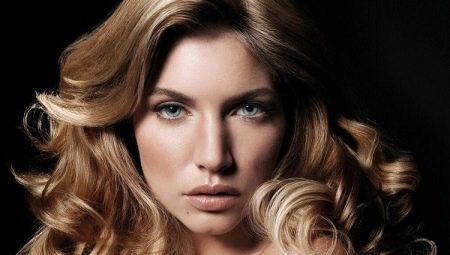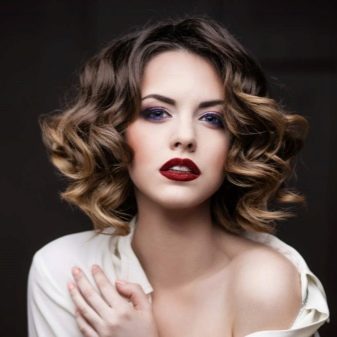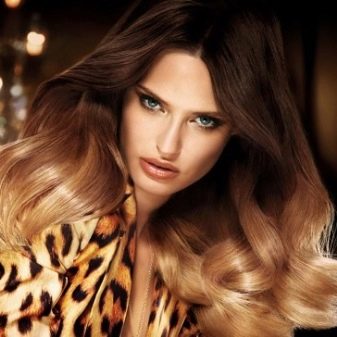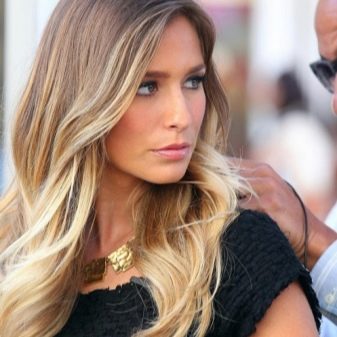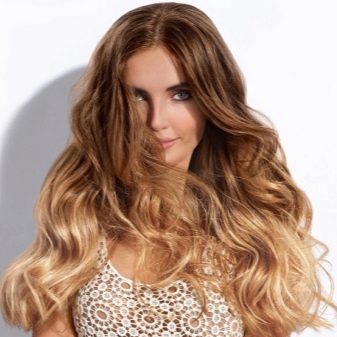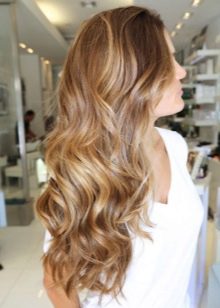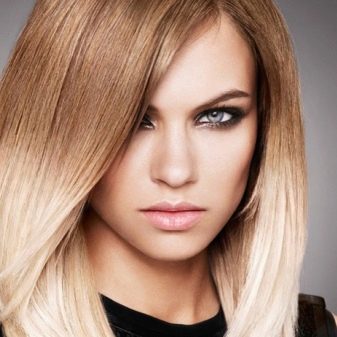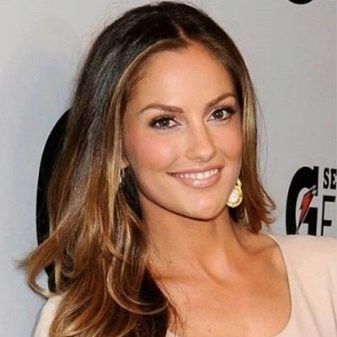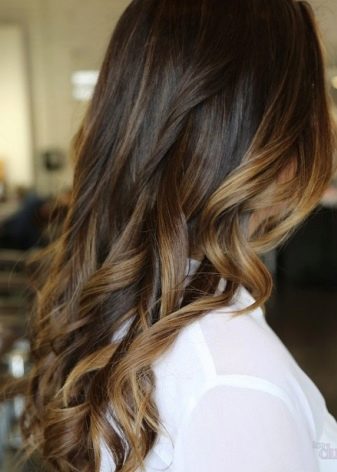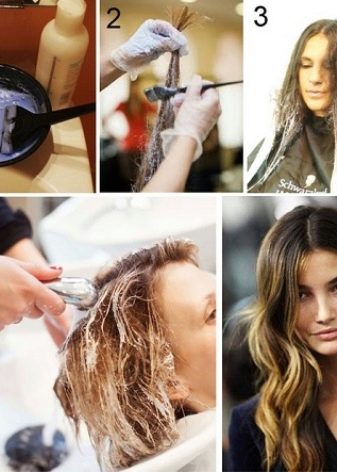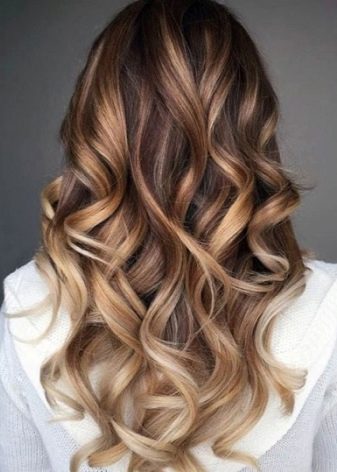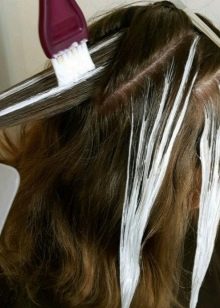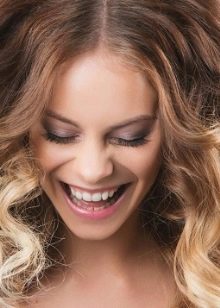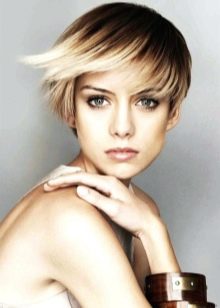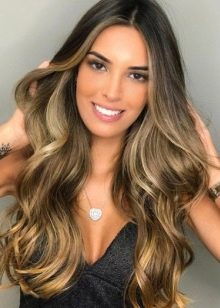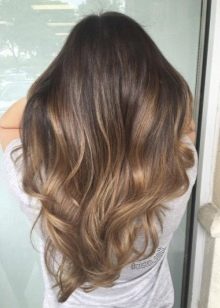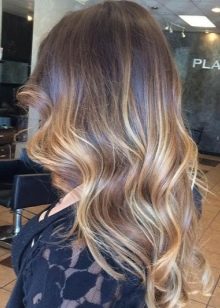In recent years, various types of complex stains have become very popular. This is due to the fact that they allow you to achieve both a more natural and soft result on the hair than coloring in one tone, as well as contrasting and catchy. Naturalness is one of the main trends of the last years, and it, most likely, will not lose its relevance for a long time. Among the many types of complex stains can be distinguished ombra and shatush.
Descriptions
At first glance, both of these techniques may seem similar, but they still have some pretty serious differences. Shatush is a dyeing technique that, through the use of several tones close to each other, reaches the appearance of natural, radiant hair. Hair dyed in this technique, often look as natural as your own hair. The play of light in the hair is very refreshing, not only the general appearance of the hair, but also the image as a whole.
Ombre, unlike shatusha, has much clearer boundaries between colors used in coloring. The difference in tones at the roots and on the tips of the strands can reach tens of tones. In contrast to the shatusha ombra often does not look so natural. Of course, there are variations with natural hues and smooth transitions, but there are also types of ombre, when the bet is made exactly on the contrast. And due to this contrast, the image becomes much more interesting, bold and memorable.
Comparison
If the ombre and shatusha differences are discussed in more detail, then there are several directions in which they are quite different from each other.
Painted areas
Shatush is not for nothing called the French melirovaniem. When using this technique, the strands are painted almost the entire length, however, the root zone is almost always excluded from coloring and remains intact. Coloring the roots is permissible only if they are specially tinted in a darker tone than the one that brightens the strands. For example, when the hair color is changed entirely in the technique of shatush and differs from the natural.
Shatushu often give preference to those who want to dye their hair more carefully.
- This approach to staining, when the hair roots are not painted and retain their natural color, allows you to increase the time between stains. The break between them can reach about three months, and sometimes much more.
- When using the shatush technique, only a fraction of the total weight of the hair is exposed to the entire length of the hair, which greatly reduces the load on them. And consequently, the curls are much less injured.
But in the ombra of almost all of its types, as a general rule, the tips of the hair are lightened entirely, and not partially. The intensity of clarification directly depends on the desired result, as well as the height of staining. Hair can be dyed exclusively at the ends of the strands or, for example, two thirds of the length. Again, the roots most often remain intact. But on the average clarification does not rise higher than up to the middle of the hair length. This ombre looks the most harmonious and interesting.
And also there is such a type of obmre as the opposite ombre. It is characterized by diametrically opposite actions: not the ends of the strands are lightened, but the roots. Color extends from them toward the tips. The ends of the curls leave a natural color or tinted in a color darker than the clarified roots.
Choice of colors
Color solutions for shuttles and obmre also have their differences. Shatush will be a choice in favor of naturalness. Masters in the implementation of this staining usually use 2-3 colors, similar in tone. The more tones used in the process, the more multifaceted hair color will be the result.
The use of bright colors in this technique is not provided, since it is already far from the concept of sun-bleached hair and naturalness. In the case of a shatusha on dark hair, it is possible to use more contrasting shades. However, the tones are still used only natural, no unnatural colors.
Ombre gives you much more freedom in choosing shades. Often bright contrasting hairstyles with colors such as fiery red, green, purple and others are made using the ombra technique. Such staining looks much more interesting than the usual staining in one color. Dyeing in natural colors using the ombre technique is also quite popular. The color at the roots can be preserved natural, and can be changed in the process of dyeing, that is, the dyeing occurs along the entire length of the hair in two or more colors.
Naturally, when the natural hair color changes completely, even if using the shatush or ombre technique, monthly toning of the roots cannot be avoided in this case. It is worth remembering. Rare visits to the salon to update the appearance of hair as a nice bonus receive only those whose roots have retained their natural color.
Features of the staining process
Shatush and ombra in this regard are very different. It is these features that make them types of complex staining and allow you to achieve a stunning effect that keeps them on the wave of popularity for more than a year.
Shatush can be performed with pre-pile strands and without it. Without a pile, the dyeing procedure becomes more complicated and time consuming. In this case, the paint is applied with a special comb-brush, with which it stretches along the strands. The master performing the coloring must be quite experienced to make it as neat and smooth as possible. The pile makes it much easier to determine the strands on which the paint is applied. However, nowadays, many are biased against the technique of using a pile, for fear of damaging the hair.
There is no specific regulation on which strands in thickness and indenting from the roots to choose when performing the shatusha. On the contrary, the choice of thin and thicker strands and the alternation of their thickness makes it possible to achieve the effect of carelessness and natural clarification of the curls. The position of the strands can be chosen optionally symmetrically: a chaotic choice also does not spoil the result. As a result, light-colored locks will be lost in the total mass of hair and will look like those same sun glares in curls.
Indents from the roots are made at different distances, which only enhances the result. It is the sum of such approaches that allows to achieve the effect of curled under the sun curls. When dyeing using the shatush technique, foil is not used, as is the case with ordinary highlighting. Dyed strands freely in contact with each other. The result does not spoil it.
The brush is used a little differently than usual: paint is applied with a brush edge. So it is easier to stretch or shade to ensure the most gentle transition between colors. Unlike shatusha in the case of ombre, the ends of the hair are lightened completely, and not selectively. That is, the ombra has practically nothing to do with highlighting, as it is with the shatush. Besides, to achieve the final result, pre-lightening of the hair is almost always carried out.
The curls are most conveniently stained zonally, as with ordinary staining. Before the beginning of the dyeing procedure, the master will necessarily divide the total weight of hair into zones and fasten the strands into bunches or tails.
Ombre is dyed from the middle of the strands to the ends. To preserve the border of the transition, it is necessary that the color passes at the same level, making it neat. This border can be shaded as much as possible, and it can be left sharp and highly visible - say any of the options. The holding time of the dye on the hair depends on the base hair color and on the desired result in the end. After bleaching hair tinted paint. Ombre foil is also not used for dyeing. But the brush is used in the usual mode: the paint is applied to the entire working surface of the brush.
In a sense, shatush is still a more gentle coloring. While at the ombra, the tips of the strands are often subjected to a rather aggressive effect, when dyeing by the method of a shatush, the hair is colored partially and not so intensely.
What is better to choose?
Despite the fact that shatush and ombra are dyeing techniques quite universal, in the case of short hair is not so simple. Both techniques are great for most hairstyles and any type of hair, but on short haircuts they may simply not be noticeable enough. In this case, the whole sense of staining as such is lost.
Both shatush and ombra are perfectly permissible to be carried on a bob of almost any kind (from classic to bob on leg), if the length of the shortest strands in a haircut reaches at least an earlobe. On hair shorter than to the earlobe, the use of ombre is permissible. Only in the end it can look like a normal regrown coloring. This is worth remembering when choosing this technique. For dyeing using the ombra technique, hair of a longer length is much better.
Shatush for very short hair is not used. This is due to the difficulty of performing such staining on short strands, and the fact that it will remain on them almost imperceptible. Owners of short haircuts should still choose another option.
But for owners of long hair and hair of medium length shatush and ombra will be the ideal solution to give your look unique.
How to do ombre, see the next video.
